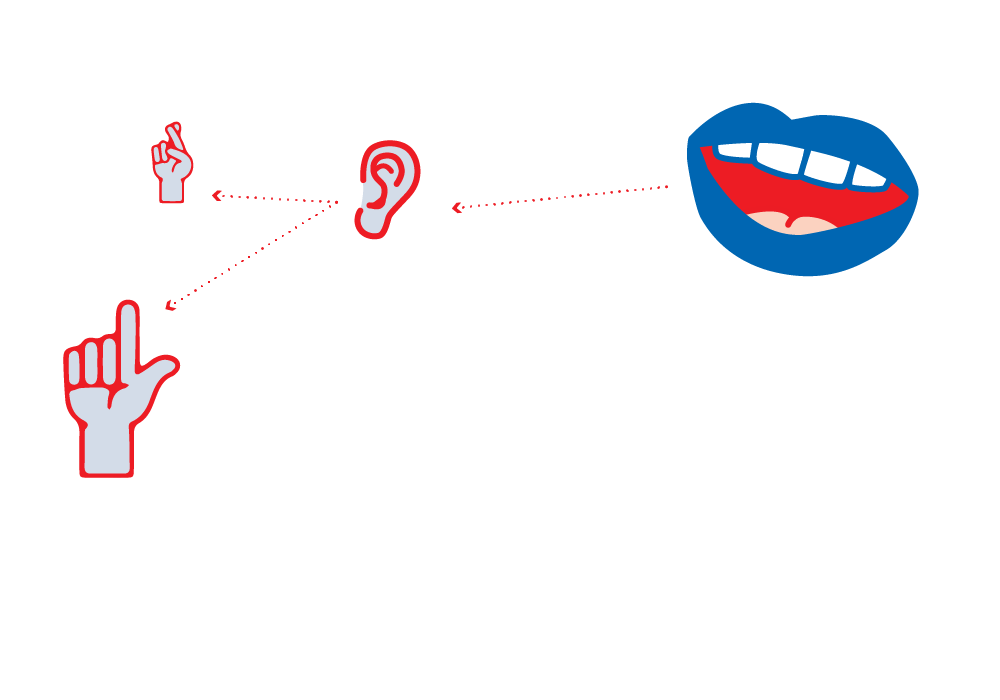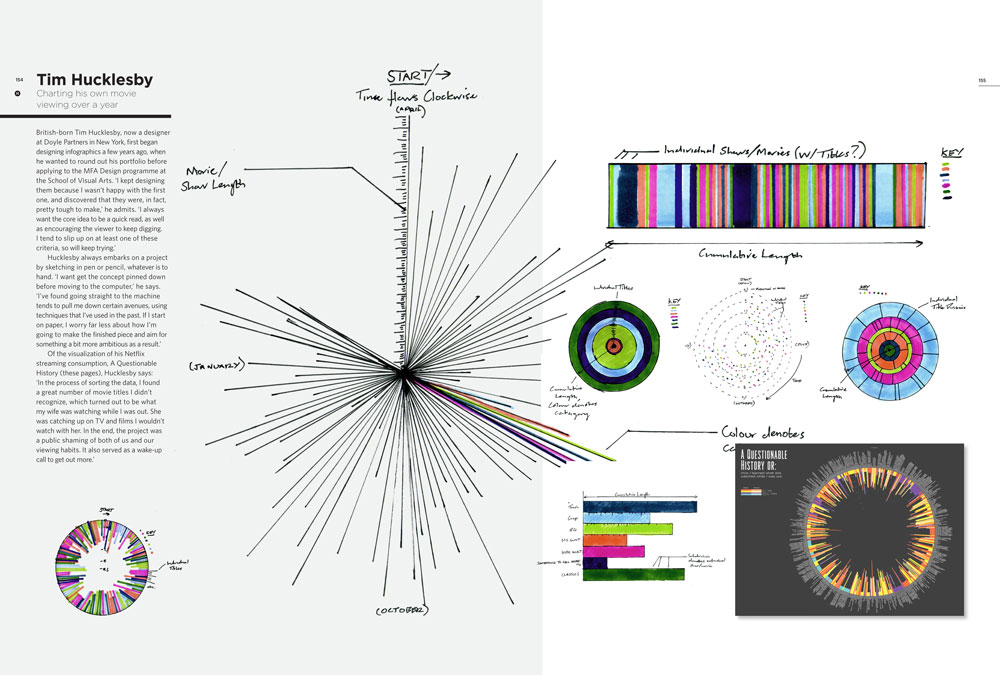How Storytelling Straddles Activism and Entertainment

One of my fondest childhood memories is the annual sailing across the Mediterranean Sea that we use to do aboard my father’s small sailboat every summer. In order to stay awake during the 16-hour nighttime journey that separated us in Nice from the shores of Corsica, we used to tell each other stories, most of which were completely made up, and more often than not improvised. Instead of taking turns for the dogwatch every four hours, we would all stay awake to hear each other’s tales until the break of dawn.
Most people will have a similar happy memory, of a moment when as child or a teenager they heard or shared stories. The benefits of storytelling for the intellectual, emotional and social development of children have been discussed and agreed on a while ago. However, much like nap and play time, we assume that what is best for childhood development doesn’t apply to us.
Why Do We Tell Stories?
Storytelling initiatives seem to be multiplying lately in the arts sphere and beyond. Now a fully accepted marketing tool, storytelling is taught in business programs and praised on entrepreneur blogs. We hear about personal stories and follow narratives on a daily basis through TV shows, in the newspapers, in conferences and sales meetings, in school and at the workplace. Specific and personal at the same time, they make our understanding of the world more digestible.
TED Talks have been viewed over a billion times throughout the world. Have you ever wondered why they are so successful? Because most of them are based on a person telling a story, in some cases their own personal story. The enthusiasm for weekly radio shows like This American Life also depends on experiential and book-like elements. They are made of fictional and nonfictional stories, extracted from lived experience and broken down in different chapters, or acts.
Creating narratives helps us grasp and retain information more effectively. When watching a performance or a dance piece, most people will try to find a meaning, a storyline in what they are seeing. Recognizing patterns in situations or character types, identifying a beginning and an end; these are intellectual processes we naturally go through in order to make sense of the information surrounding us.
Telling stories also acts as a way to share knowledge. Before humanity started writing, oral transmission was the only channel for knowledge to spread and endure through time. Telling stories was and remains the action of selecting, shaping and presenting history. The multiplicity of voices and channels for them to be expressed in our society today confirms storytelling as an invaluable mode of communication.
Politics and Identity
Tocarra Mallard and Stephanie Lentz, two recent School of the Art Institute of Chicago (SAIC) alumni, caught the storytelling wave as it was starting to form and have been working on a series of inspiring projects since summer 2013. They discovered their mutual interest for storytelling and podcast culture when studying for their MA in Arts Administration and Arts Policy at SAIC. This common passion led them to work jointly on a project-based thesis entitled Rethinking Radio: Storytelling as Civic Activism, which earned them a fellowship.
They built on a management assignment from their first year to develop Stories from Gary, for which they recorded interviews and informal conversations with residents of Gary, Indiana, between July 13 and April 14. Their aim was, in their own words, “to investigate the role that storytelling plays in the political and community identity of a place.” Their work, and that of other cultural workers using storytelling, is based on asset-based community development: it concentrates on strategies for development that emphasize communities’ strengths rather than weaknesses or lacks.
Politics and identity are two concepts that often surface in storytelling. Several post-industrial cities have experienced a storytelling momentum, more organic in some places than in others, yet with a common rejection of single narratives. Rather, they chose to emphasize that there are as many stories about a place as there are of people living in it. “This empowers both individuals and communities who are accustomed to their stories being told by outside political or media entities,” say Mallard and Lentz.
Storytelling allows for new perspectives, that of the people who live these cities and neighborhoods every day, to emerge and oppose the stories of violence and crime that too often define these spaces in sensational headlines and news reports. “This alternative narrative was the one we encountered in over a year of time spent and stories collected in Gary,” explain Mallard and Lentz, “and it is the one that inspired a closer look at the meaning of storytelling as a means of public art and civic activism.”
In 2013, Kristin Dean, the president of the Homan Square Foundation, offered SAIC an opportunity to be part of the repurposing of Homan Square (the original Sears headquarters) located in North Lawndale. Homan Square is being redeveloped as a mixed-income housing complex with community services, commercial units and spaces for artistic and social non-for-profit initiatives. SAIC has been invited to become a tenant in the Homan Square Tower and to partner in cultural programs. Mallard and Lentz have been called in as project directors to lead three students from the current Arts Administration cohort in the Homan Square Stories Project. “Our aim this time is to craft and execute a storytelling or oral history initiative that serves as cultural programming, and a framework for figuring out what future art-based programming should be implemented by Continuing Studies and the Shapiro Center For Research and Collaboration at SAIC.”

Dynamic Evaluation
Storytelling, when it is recorded on audio or video, also turns into an invaluable source of evaluation, an element arts organizations are always hoping to develop. Personal stories can be the best testimonies of the evolution and impact of an institution. Several museums such as the Delaware Art Museum and the Metropolitan Museum of Art have implemented storytelling programs on a regular or ongoing basis. In the past two years, the NEA has increasingly supported similar initiatives. They have financed projects such as the Cultural Crossroads program at the Holter Museum of Art and the Storytelling Arts Center of the Southeast in Laurinburg, North Carolina, and also dedicated their first Social Impact Design webinar to storytelling.
As part of their research, Mallard and Lentz created several prototype experiences of a Story Share Booth, which proved useful in the evaluation of arts events. One of their most successful experiments took place at the Hyde Park Jazz Festival in 2013. “The Booth’s first appearance at the Jazz Festival was another prototype to prepare for our continuing work in Gary for our thesis project,” they explained to F Newsmagazine. “Kate Dumbleton [Director of the Hyde Park Jazz Festival and SAIC Faculty member] was generous enough to give us the capacity and the space to let us experiment with and develop our practice within the context of the festival.”
For its 2014 edition, the Hyde Park Jazz Festival was awarded a grant from the Joyce Foundation to bring back the Story Share Booth and expand on the success of the previous year. Mallard and Lentz were invited once again to capture people’s stories with sound recording and film. Rhonda, one of the volunteers, confessed her unexpected appreciation of storytelling. “I learned that storytelling was a thing!” she laughed. “I love it, people think they have nothing to say but in the end they have loads of stories, and it’s almost hard to stop them.”
Mallard remembers her encounter with Lorenzo Young, a local storyteller in his seventies while at the Hyde Park Jazz Festival last September. “He has the most amazing voice — like James Bond and Mufasa all rolled into one. He only came into our booth to ask to borrow a chair, but we told him we would give it to him only if he recorded a story. He was so hypnotic and gifted. He actually made other people near the booth stop talking and come closer to hear him speak. He related the Hyde Park Jazz Festival to a time when community engagement, music in the streets was an everyday occurrence. He sang a couple of verses of Billie Holiday’s ‘God Bless the Child’ and it was just magic.”
The audio storytelling experience of the Story Share Booth was completed with a video component this year with the aim to capture the festival in a more dynamic way. “People are really excited to be featured in a video,” said Mallard as she finished her interview with Jeffreen Hayes, director of the Rebuild Foundation (the nonprofit Theaster Gates founded to manage the Dorchester Projects).
Most of the audio that Mallard and Lentz have recorded in the various iterations of their Story Share Booth tend to be for organizations’ internal use. This year they were also invited by Kate Lorenz, executive director of the Hyde Park Art Center (HPAC), to bring the Story Share Booth back to the South Side on the occasion of the center’s 75th anniversary, so that visitors of all ages — 5 to 78, to be exact — could share their own personal experience of HPAC.
Storytelling Now
The podcast culture has evolved too in an attempt to capture and broadcast stories in the digital age. In addition to programs such as This American Life, initiatives which focus exclusively on storytelling have seemed to sprout everywhere on the web. One of the most visited, The Moth, is a New York based not-for-profit committed to “the arts and craft of storytelling” that has been sharing tales since 1997. The Moth is a great example of successfully adapting an ancestral mode of communication to new technologies. The Moth not only holds storytelling shows and tours American cities, they have an education program, train professionals through their Corporate Program, but most importantly, are broadcast on over 200 different radio stations across the country, have online podcasts and their own mobile app.
Archiving audio and video materials, and making these materials accessible is a challenge that Mallard and Lentz are now addressing. Some of the interviews and conversations from their project in Gary will be available soon on Soundcloud. As their Story Share Booth becomes more and more solicited, the two SAIC graduates have moved on to creating their own collective, the Bespoke Projects, with the aim to make it their main professional activity.
Storytelling has been around for thousands of years and it is here to stay. Brought back and revisited, adapted to new technologies and ever changing social contexts, it is an art that is accessible to all as receivers and producers. It is hard to see how it could disappear, for as long as we live and experience this world, we will have stories to tell.







